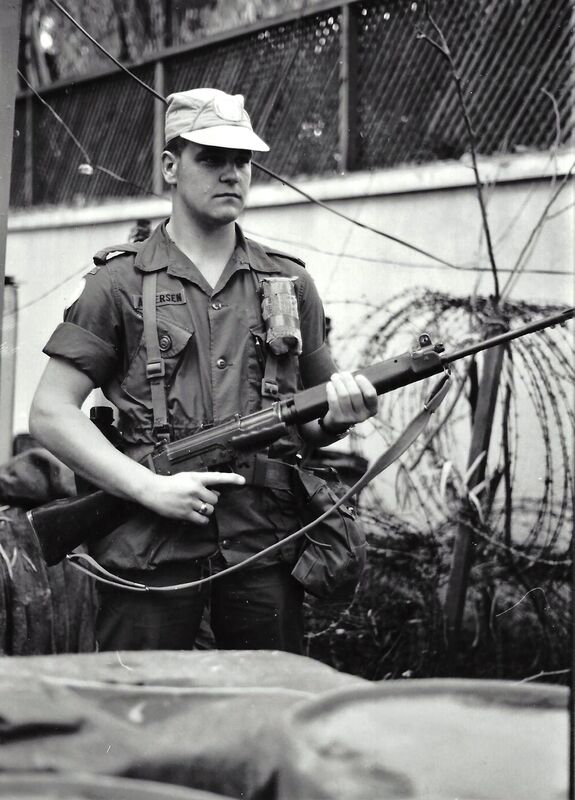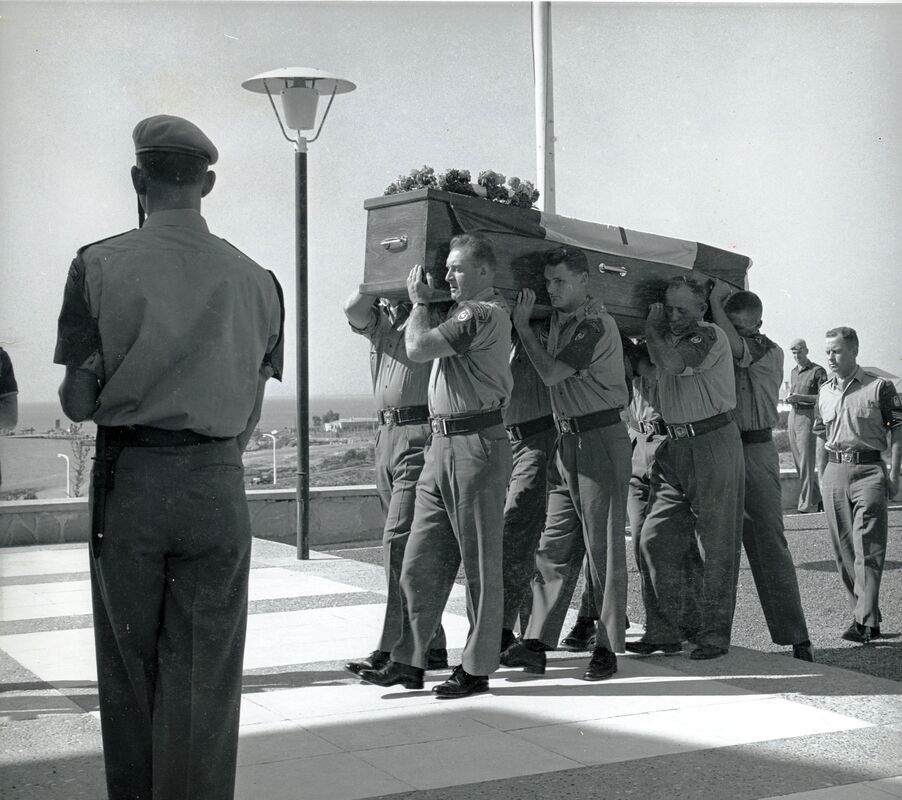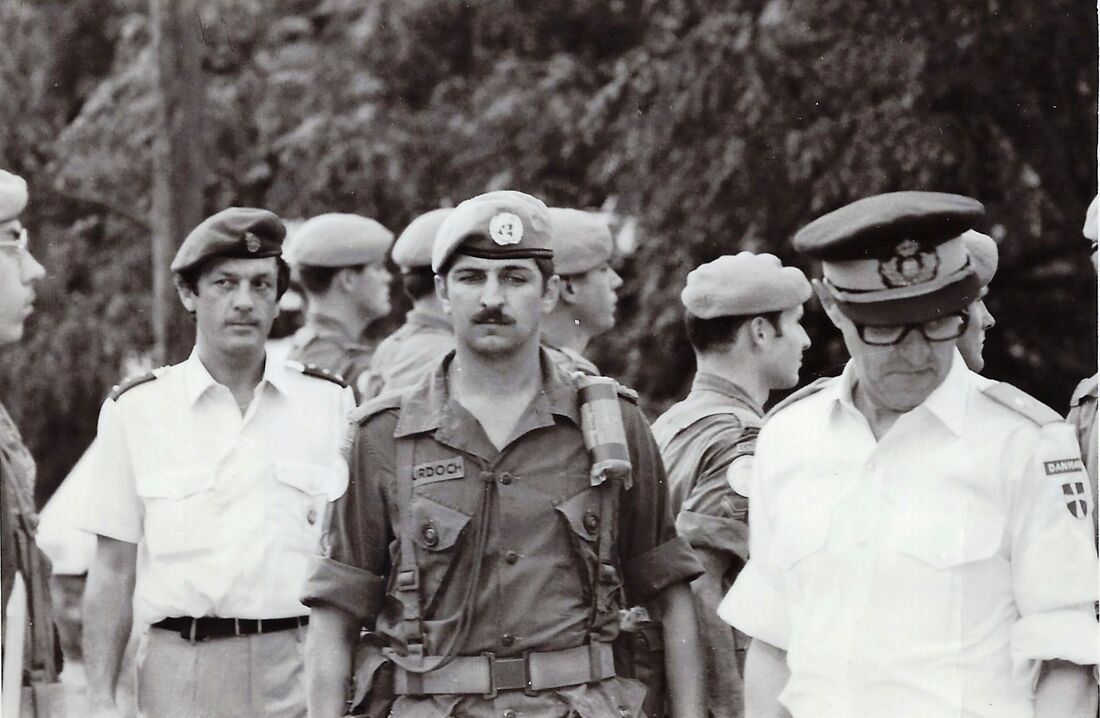Upon their island arrival, the Hussars began repair and maintenance on a collection of formerly civilian houses that would come to be known as Fort Worthington, the place the men would call home. Once the necessary preparations were made, the Hussars got to work. Operations typically involved patrolling through contested areas, and monitoring the activities of belligerents. The mere presence of UN peacekeepers was hoped to prove a stabilizing presence. Such missions were often conducted outside the wire, far from the safety of the camp. On two separate occasions, the Hussars spent periods of 29 and 33 days on continuous duty outside the camp. Conditions on the island were hot and dry, so the battle with dehydration was constant. With their mission complete, the men returned to Canada on 14 October 1966. During their deployment, the Hussars suffered one casualty: Trooper L. Nass.
By mid-June, 1978 the Hussars were once again making preparations for deployment to Cyprus. Exercise GREEN LINE was held towards the end of July, and simulated the conditions of the buffer zone separating Greek and Turkish forces. The Hussars were tested on their reactions to a wide range of possible incidents designed to get the men accustomed to peacekeeping, including the manning of mock outposts de-escalation training. Once their training was complete, the men were ready for deployment.
On 21 September 1978, the 8th Hussars departed Petawawa for a six-month tour in Cyprus under the command of Lieutenant-Colonel Billings. This time, their task was to maintain peace in the volatile capital city of Nicosia; no easy task given the proximity of Greek and Turkish forces in the city. Upon arrival, the Regiment began to man twelve observation posts stretching from east to west. Meanwhile, Regimental Headquarters Reece troop patrolled the entire line, day and night. During their deployment, most of the contingent was lodged at the Ledra Palace, once a five-star hotel. The rest of the men were barracked at the Blue Beret Camp and Camp Maple Leaf.
This time, the tour went off without a hitch. The men recall that the six months passed relatively quickly, thanks in part to the pace of operations. Thanks to countless amenities on the island, along with visits from high profile entertainers, morale remained high throughout the deployment. In April 1978, the Regiment returned home to CFB Petawawa.
Today the conflict in Cyprus remains frozen in time. The island continues to remain divided, and the United Nations retains a small presence there.


